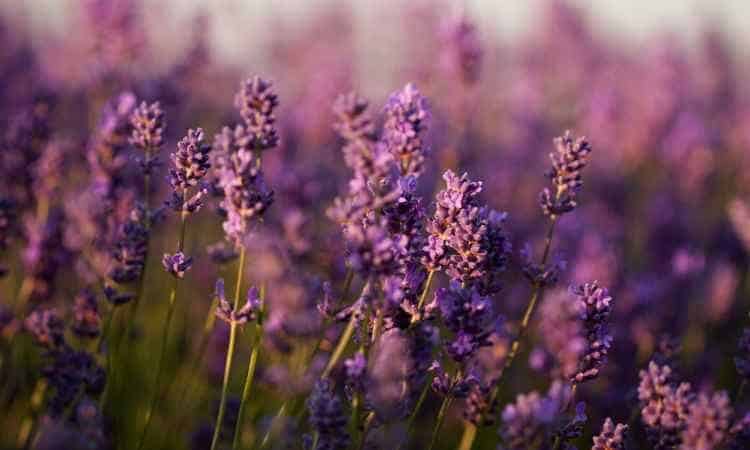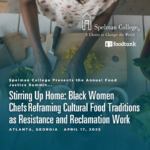Perennials are growing all around us—in fields, forests, and grasslands. These plants regenerate themselves each year and survive through a hardy network of roots. Unfortunately, many farmers in the industrialized world rely on monocultures of annual crops that need to be planted from season to season and can place a heavy toll on soil, water sources, and biodiversity.
Sixty-nine percent of global croplands are composed of cereal, oilseed, and legumes—all crops that need to be planted annually.
But organizations like The Land Institute are asking why perennial crops aren’t in modern farming. The Land Institute is aiming to reshape agriculture by creating perennial plant varieties that regenerate year after year—and have a range of environmental and nutritional benefits.
The United States currently loses 1.7 billion tons of topsoil a year. According to Wes Jackson, director of The Land Institute, “the plow has destroyed more options for future generations than the sword.”
Developing perennial varieties of grains, legumes, and vegetables can help save precious soil. While plant ground cover prevents soil erosion, the main difference lies in the roots. Jerry Glover, agroecologist and Senior Sustainable Agriculture Advisor to the U.S. Agency for International Development, explains, “perennial roots go deep — some as deep as 10 feet — and they will sustain the plant for many years. Way down there, the roots can capture more groundwater. Those deep, better-established roots also help cycle nutrients in the soil and make them more available to plants.”
Researchers at The Land Institute are currently working to develop perennial grain varieties that create substantial yields—and more resilient food systems. Perennial crops are developed either by selecting wild perennial plants with the best crop potential (domestication), or crossing annual grains with a related perennial species (hybridization). Varieties currently being developed include kernza (a wheat-wheatgrass hybrid), sorghum, sunflower, and wheat.
Sorghum, a food staple in some African countries, can account for up to 40 percent of African diets. According to Andrew Paterson, research professor and director of the University of Georgia Plant Genome Mapping Laboratory, developing a perennial sorghum crop would meet challenges of food security, climate change, and energy supply. By providing multiple harvests, the perennial crop would increase farmers’ incomes and by preventing erosion, conserving nutrition, and providing ground cover the perennial sorghum would conserve African soils.
And a lot of perennials are hiding in plain sight. Common perennial vegetables include asparagus, rhubarb, sunchokes, and ramps. Legumes like pigeon peas also grow perennially. These species can be integrated into edible landscapes and gardens as low maintenance crops that can also stabilize soil and provide a natural source of fertilizer to other crops.
Perennial agriculture isn’t limited to grains and a handful of vegetables—fruit orchards are the ultimate example of perennial agriculture, and food forests may be the next great idea to maximize the productivity of tree crops and improve food security. A concept widely celebrated in permaculture, food forests maximize vertical space by planting layers of trees and bush crops. For example, less than an acre of land could sustain a canopy of bananas, a middle tier of fruit and nut trees, and an understory of berry bushes, climbing beans, and vegetables.
In Seattle, the newly established Beacon Food Forest covers seven acres of public land and is open to the community for foraging. Developed by permaculture students, the food forest contains walnuts, plums, apples, berries, vegetables, and herbs, with more varieties to be added in the coming years.
And researchers are just discovering food forests that have fed communities from around the world for centuries. A food forest located on a Moroccan oasis is estimated to have been in production for 2,000 years, and still bears fruit from its fertile soils. With minimal inputs, the tiered forest produces dates, bananas, olives, figs, pomegranates, guavas, citrus, mulberries, tamarinds, carobs, quince, and grapes. Similar food forest systems containing tropical plants have been discovered in Vietnam.
On Wednesday, Jerry Glover will be joining Food Tank to host an exclusive webinar on perennial agriculture, entitled “Farms of the Future.” The webinar will take place at 12pm EST, and will include a question period for listeners. Interested participants can register here.
It’s time to rethink current agricultural practices that are harming soils and future food security. Sometimes it’s necessary to take a few steps back in order to move forward.













